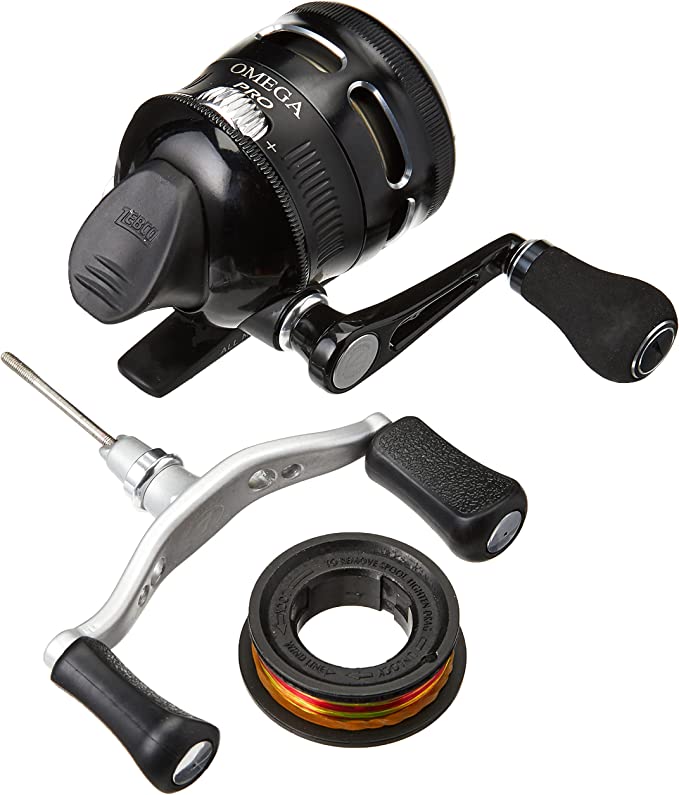The Golden Ratio of Optics: Deconstructing the 8x42 Architecture via the Nikon Monarch M5
Update on Nov. 19, 2025, 10:21 a.m.
In the world of field optics, numbers tell a story. While marketing materials often chase higher magnification, seasoned biologists and optical engineers gravitate towards a specific mathematical equilibrium: the 8x42. This configuration is not arbitrary; it represents a “Golden Ratio” where light gathering, stability, and human physiology converge most effectively.
The Nikon Monarch M5 8x42 is a quintessential example of this architecture executed with modern materials science. Rather than simply magnifying an image, it demonstrates how engineering can optimize the interface between a mechanical instrument and the biological eye. By analyzing its Exit Pupil, Eye Relief, and ED Glass composition, we can understand why this format remains the reference standard for serious observation.

The Physics of the Exit Pupil: Matching the Human Eye
The most critical spec of the 8x42 format is the Exit Pupil—the diameter of the beam of light leaving the eyepiece and entering your eye. It is calculated by dividing the objective diameter by the magnification ($42mm / 8 = 5.25mm$).
- The Biological Interface: The human pupil dilates from about 2-3mm in bright sunlight to 5-7mm in low light (dawn/dusk).
- The M5 Advantage: With a ~5.3mm exit pupil, the Monarch M5 perfectly matches the dilated human pupil. This means that in dim lighting conditions—where wildlife is often most active—the binocular delivers 100% of the light your eye is physically capable of processing.
- Contrast with 10x42: A 10x42 model yields a 4.2mm exit pupil. In twilight, this acts as a throttle, restricting light and resulting in a dimmer image compared to the 8x42, despite the higher magnification.
Correcting Refractive Errors: The Role of ED Glass
Light behaves like a wave, and different colors (wavelengths) travel at different speeds through glass. This causes them to refract (bend) at slightly different angles. In standard glass, this leads to Chromatic Aberration, where the red, green, and blue components of an image do not converge at the same focal point. Visually, this manifests as “color fringing”—a purple or green haze around high-contrast subjects, like a dark bird against a bright sky.
The Monarch M5 addresses this with Extra-low Dispersion (ED) Glass. * Material Science: ED glass contains rare-earth elements that alter the refractive index. This allows engineers to narrow the dispersion spread of the light spectrum. * The Result: By forcing the wavelengths to converge more tightly, the M5 eliminates the “softness” caused by color fringing. The result is an image with higher edge contrast and resolution, critical for identifying subtle markings on plumage or fur.## The Geometry of Eye Relief: Engineering for Glasses
For users who wear corrective lenses, binoculars often present a “keyhole effect”—a restricted field of view caused by the physical distance between the eye and the eyepiece. This is a failure of Eye Relief.
Eye Relief is the distance from the last optical surface to the point where the image is fully formed (the exit pupil). * The Critical Threshold: Most eyeglasses sit 12-15mm from the eye. Standard binoculars often have 10-12mm of eye relief, meaning the image forms inside the glasses, cutting off the peripheral view. * The M5 Solution: The Nikon Monarch M5 boasts an exceptional 19.5mm of eye relief. This extended focal point allows the full image to be projected past the spectacle lens and onto the retina. Combined with Twist-Up Click-Stop Eyecups, it allows users to mechanically dial in the precise distance required for their specific facial geometry, ensuring a full, immersive Field of View (335 ft @ 1000 yds) regardless of eyewear.

Managing Light Transmission: Dielectric and Phase Coatings
In a Roof Prism binocular (the straight-barrel design of the M5), light reflects off mirrored surfaces inside the prism.
1. Dielectric Multilayer Prism Coating: Standard aluminum mirrors reflect ~87-93% of light. The M5 uses a dielectric coating—a stack of non-conductive thin films—that reflects >99% of light across the visible spectrum. This minimizes light loss, preserving the brightness gained by the 42mm objectives.
2. Phase Correction: When light reflects inside a roof prism, its wave phase splits, reducing contrast. Nikon applies a phase-correction coating to realign the wave peaks, restoring sharpness and contrast that would otherwise be lost in the folding of the light path.
[Image of roof prism light path diagram]
Conclusion: The Equilibrium of Observation
The Nikon Monarch M5 8x42 is not just a tool for magnification; it is an instrument of light management. By optimizing the Exit Pupil for biological adaptation, correcting dispersion with ED Glass, and ensuring accessibility through massive Eye Relief, it strikes a balance that is often missed by more expensive or higher-powered alternatives. For the observer, this translates to a viewing experience that feels natural, bright, and strain-free—a true extension of the human eye.























